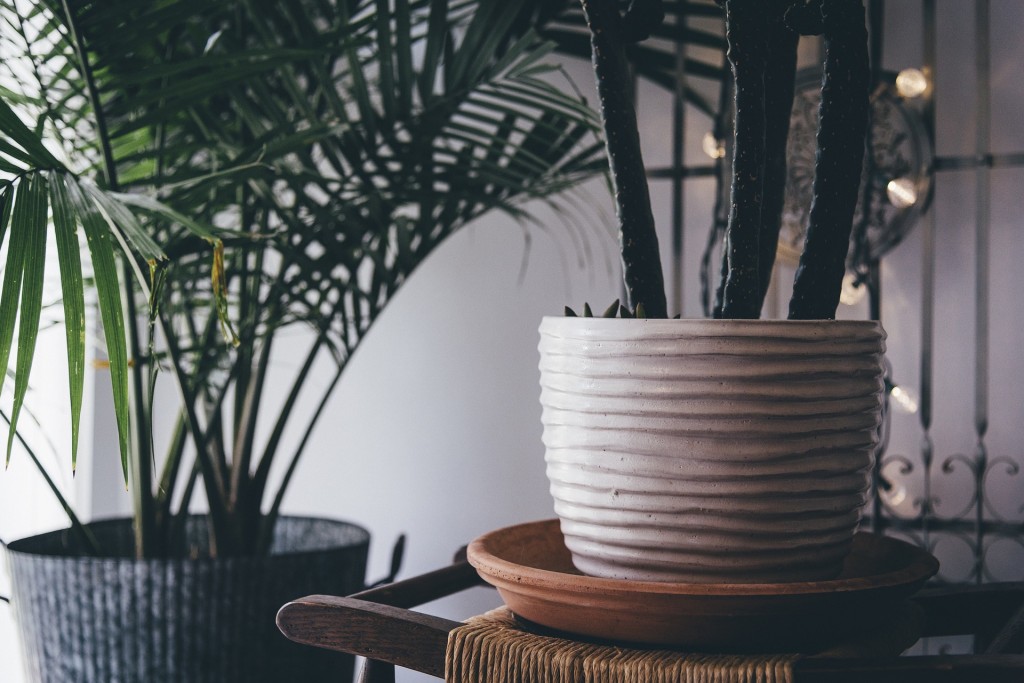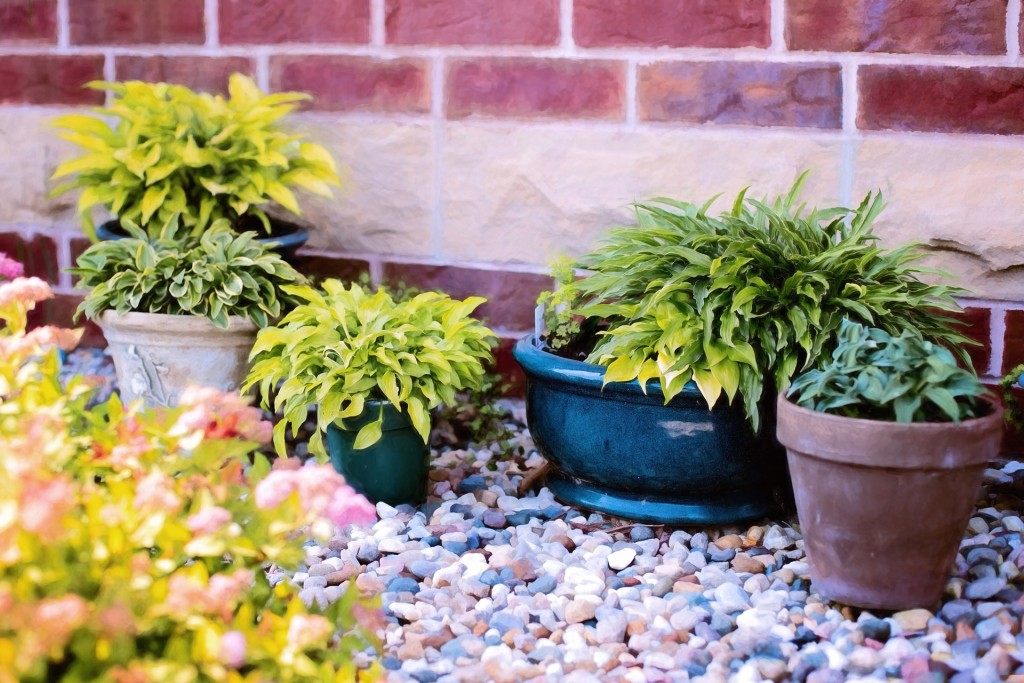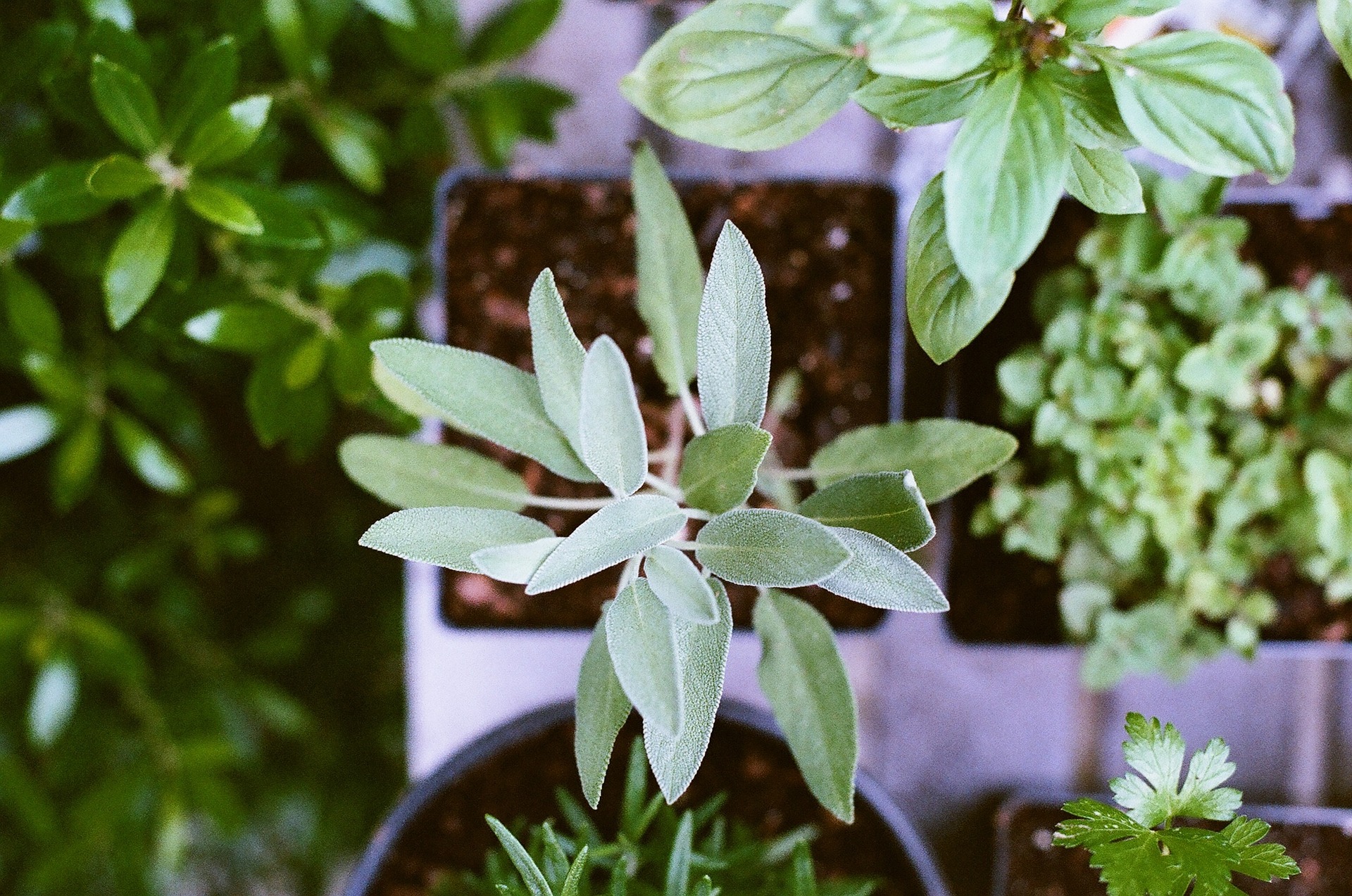When people move from one location to another, they should make sure that their plants are fully protected. Since plants are living beings, their well-being can be affected by an abrupt change in environment. Here are some helpful tips to follow when transplanting your plants during a move.
Dealing with Moving Potted Plants
When moving your plants, you want to make sure they are properly secured in plastic pots, which are less likely to break. Ceramic is more likely to break when transported in a car or moving van, which means you could lose not only the plant but also a treasured pot.

According to Angie’s List, you should transition your plants to a plastic container a week or so before the move so that they can get acclimated to the new pot. When packing the plants away, place the pots in a large box and make sure everything is snug and cannot move around freely. You should transport plants in a climate controlled car or moving company truck. According to a Texas mover, moving companies may not allow you to transport plants because of the added liability and interstate regulations, so make sure to understand their rules thoroughly.
Protecting Fruits and Vegetables
If you want to relocate your fruit or vegetable garden, you should make sure to take extra precautions. Some people decide to carefully dig up their plants and place them into a plastic pot or bucket. You can also cut a portion of the plant and place it in a plastic tube. You can also attach it to another plant, such as a potato, which will allow roots to grow.
Once you arrive at your final destination, you should replant everything immediately. Again, you should also make sure that you can transport your plants to your final destination. Many states do not allow certain types of plants within their boundaries
Don’t Forget to Water Your Plants
Make sure to water your plants a few days before the move so that they will not dry out. Since moving can be hectic, you may not always remember to water your plants the next day. However, do not oversaturate your plants because it can kill them.
Maintain a Proper Climate
According to Livability.com, you should try and maintain a proper temperature and climate for your plant. If you yourself are transporting the plant, then make sure to not leave it in a hot car for a long period of time. Most moving company trucks are not climate controlled and therefore the outside environment may damage and even kill the plant.

Ultimately, when transporting plants, you want to make sure that the final destination has a growing climate that is conducive to growth. A plant that thrives in a temperate environment may have a hard time acclimating to a desert environment. The same is true around your house. If your plant is used to getting direct sunlight, then you may want to place it in a sunnier area of your home.
If you follow these steps, then you can transport a plant without it suffering. Ultimately, take special precautions, make sure it receives adequate water, sunlight, love and attention and your plant will thrive.

